How To Remove Air Bubbles When Canning
Home food preservation has one important step that can sometimes be forgotten. Here’s how to remove air bubbles when canning.

Whether water bath canning or pressure canning, tiny air bubbles form in both high-acid foods and low-acid foods. The canning process includes removing these air pockets by taking the end of our bubble popper and moving it a little bit around the glass jars.
HOW DO AIR BUBBLES OCCUR?
When placing food into the canning jars, little pockets of air get trapped in between food.
WHY DO I NEED TO REMOVE AIR BUBBLES?
Air bubbles can prevent lids from sealing. Food expands as it is heated up and if there are too many air bubbles, the food can leak through, causing a seal failure.

This post contains affiliate links, which means I make a small commission at no extra cost to you. See my full disclosure here.
CANNING BUBBLE REMOVER TOOLS
- Wooden chopstick
- Debubbler tool 2-in-1, this is my favorite as it has convenient measure marks on one side to check headspace
- Small spatula
- Plastic knife
Do not use a metal tool. No butter knives. This can cause chips, nicks, or hairline cracks in your mason jars.
HOW TO REMOVE AIR BUBBLES WHEN CANNING
- Once the food has been packed in the jars, take the tool you are using to remove the bubbles and insert it into the jar, sliding it along between the jar and the food.
- Move the bubble remover tool up and down along the edges of the jar. Try not to really stir the food here. You are only trying to get between the glass and the food.
- After going around the circumference of the jar several times, double check for proper head space. You might need to add more liquid to get back to the correct headspace. If more liquid is added, go back in and get the extra air out again.
- Proceed with wiping the jar rim clean and placing the lids on.
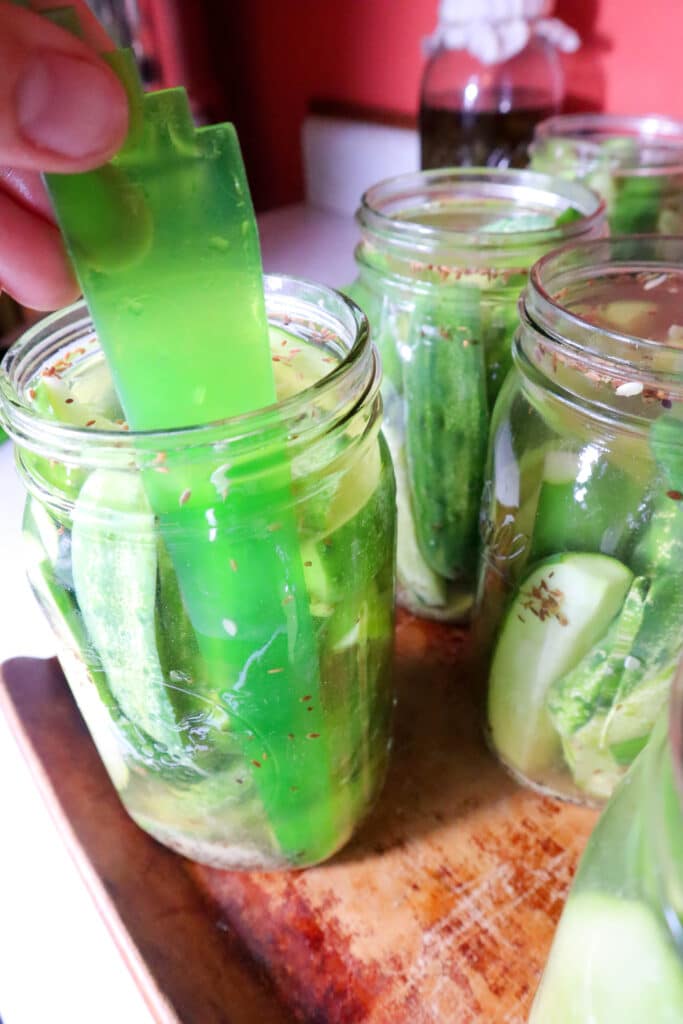
WHAT HAPPENS IF THERE ARE STILL AIR BUBBLES IN JAR?
As long as the jar has a good seal, most likely, everything will be fine. One or two trapped air bubbles usually don’t cause issues.
WHAT HAPPENS IF YOU FORGET TO REMOVE AIR BUBBLES?
Sometimes it happens. If you realize this before putting in jars in the water bath or pressure canner, you can take the lids off, remove the bubbles, wipe the rims, and place lids on.
However, sometimes you might not realize until it’s too late. At this point, just hope for the best. If the seal is good, the food will be fine. If the seals aren’t good, you can reprocess within the first 24 hours.
MY LID STILL DIDN’T SEAL! WHAT HAPPENED?
There are a few things that could have prevented a seal from forming on your lid.
- Forgot to wipe seal and had food residue on rim
- Have an older lid that needed to be boiled
- Chip on the rim of your jar
- Didn’t have enough processing time
- Didn’t use the recommended headspace
These are some of the reasons but even with our best efforts, sometimes a lid or two might give you a false seal or not give you a tight vacuum seal at all. The good news is that you can reprocess within 24 hours or just place the jar in the fridge to eat soon.
OTHER FACTORS WHEN HOME CANNING
Always place hot food in hot jars. Thermal shock can occur if there are sudden changes in temperature and that is the best way to crack the mason jar.
Always make sure the contents of the jar are filled to the correct amount of headspace. Too little or too much headspace is an easy way to screw up your canned product.
Make sure the pH or acid content of the food is correct. Certain foods require pressure canning, while others can go in a water bath canner.
Use clean jars and clean lids.
Store finished foods in a dark place.
CANNING PRODUCTS I RECOMMEND
CANNING RECIPES TO TRY
Pin It Here:
This post may contain affiliate links which I would receive a small commission at no additional cost to you. Please read disclaimer and privacy policy for full disclosure.
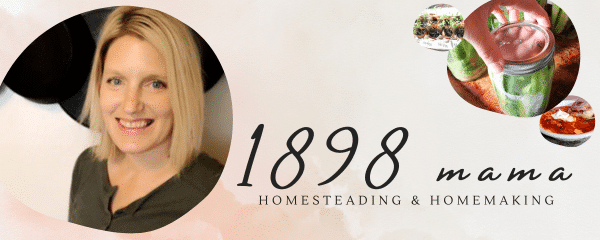


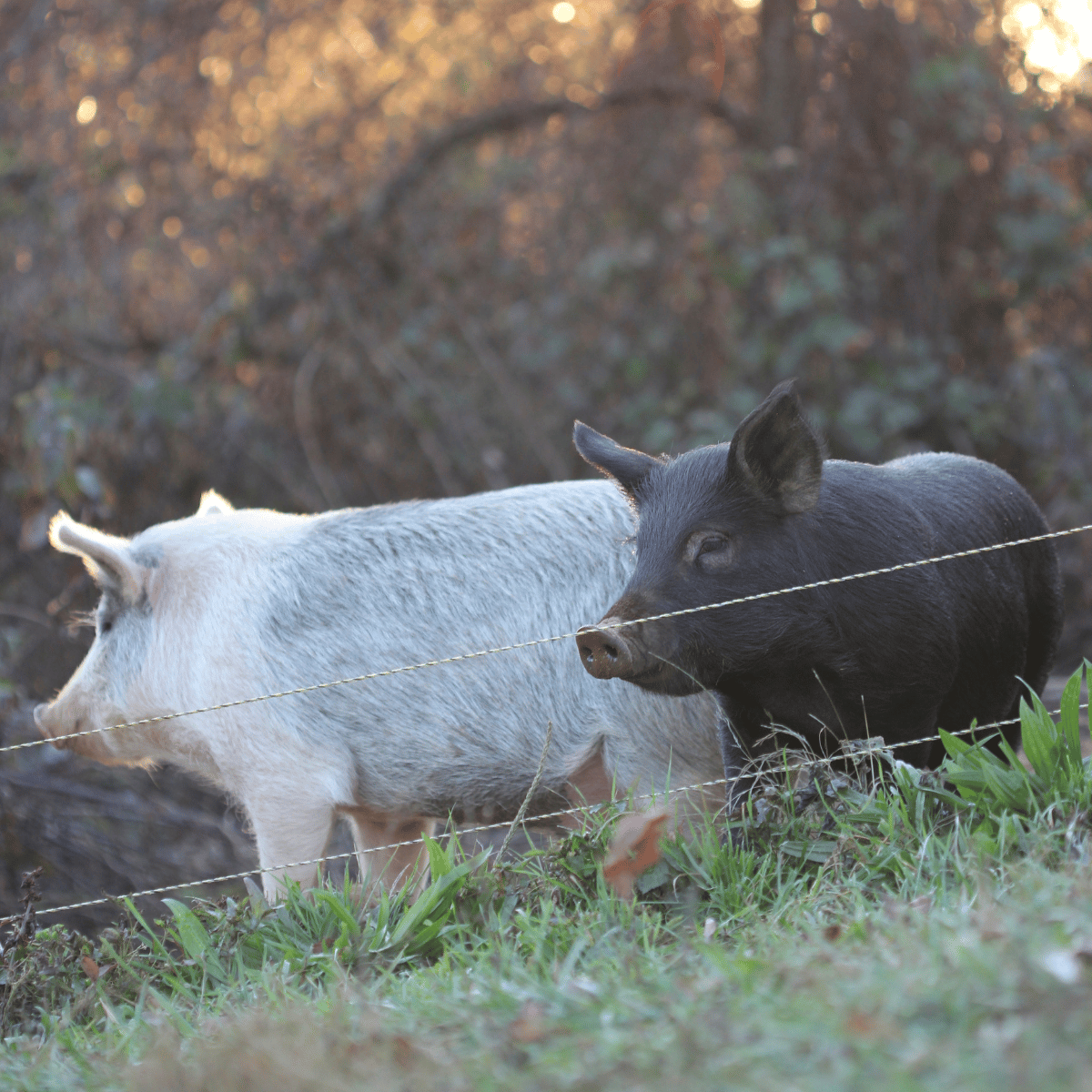



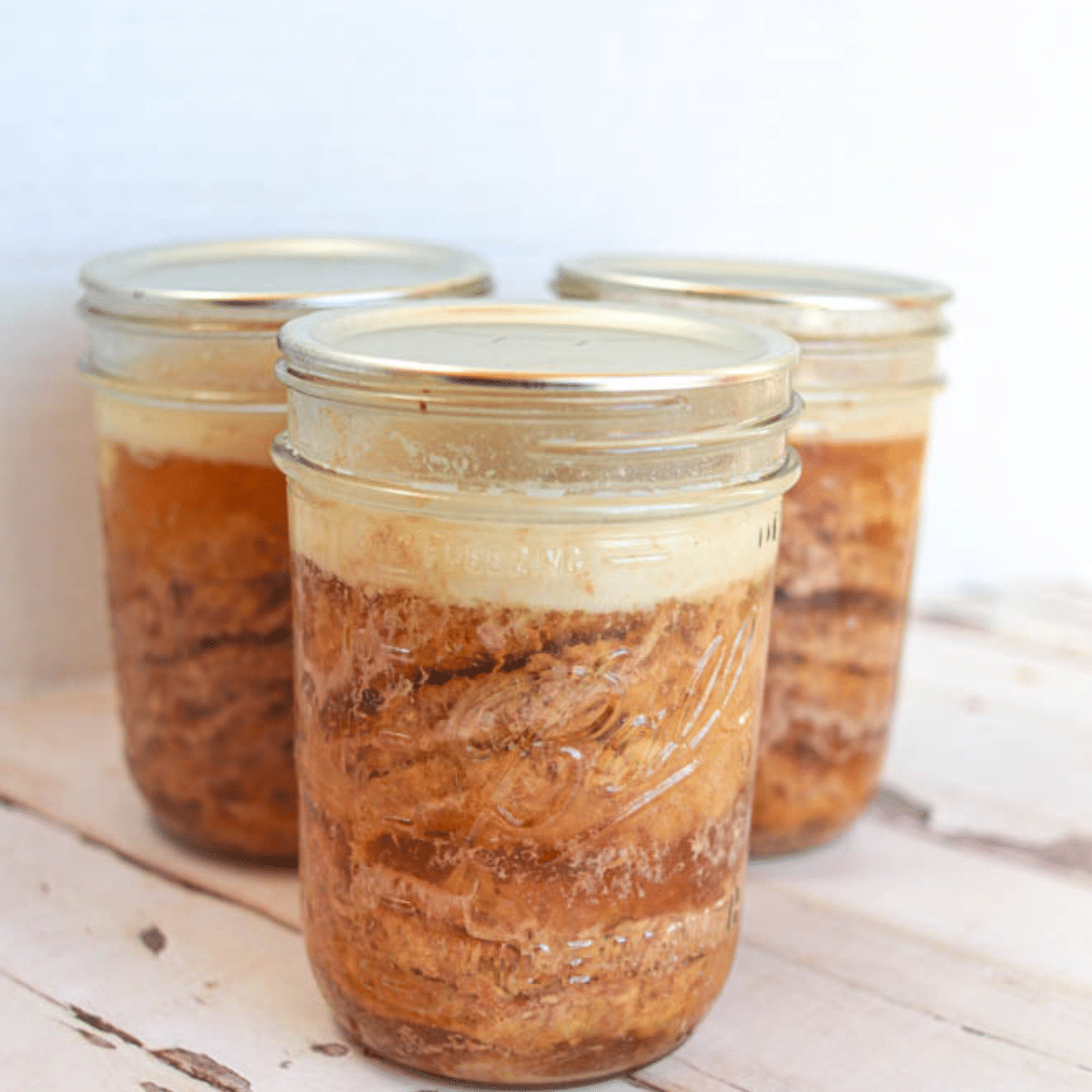
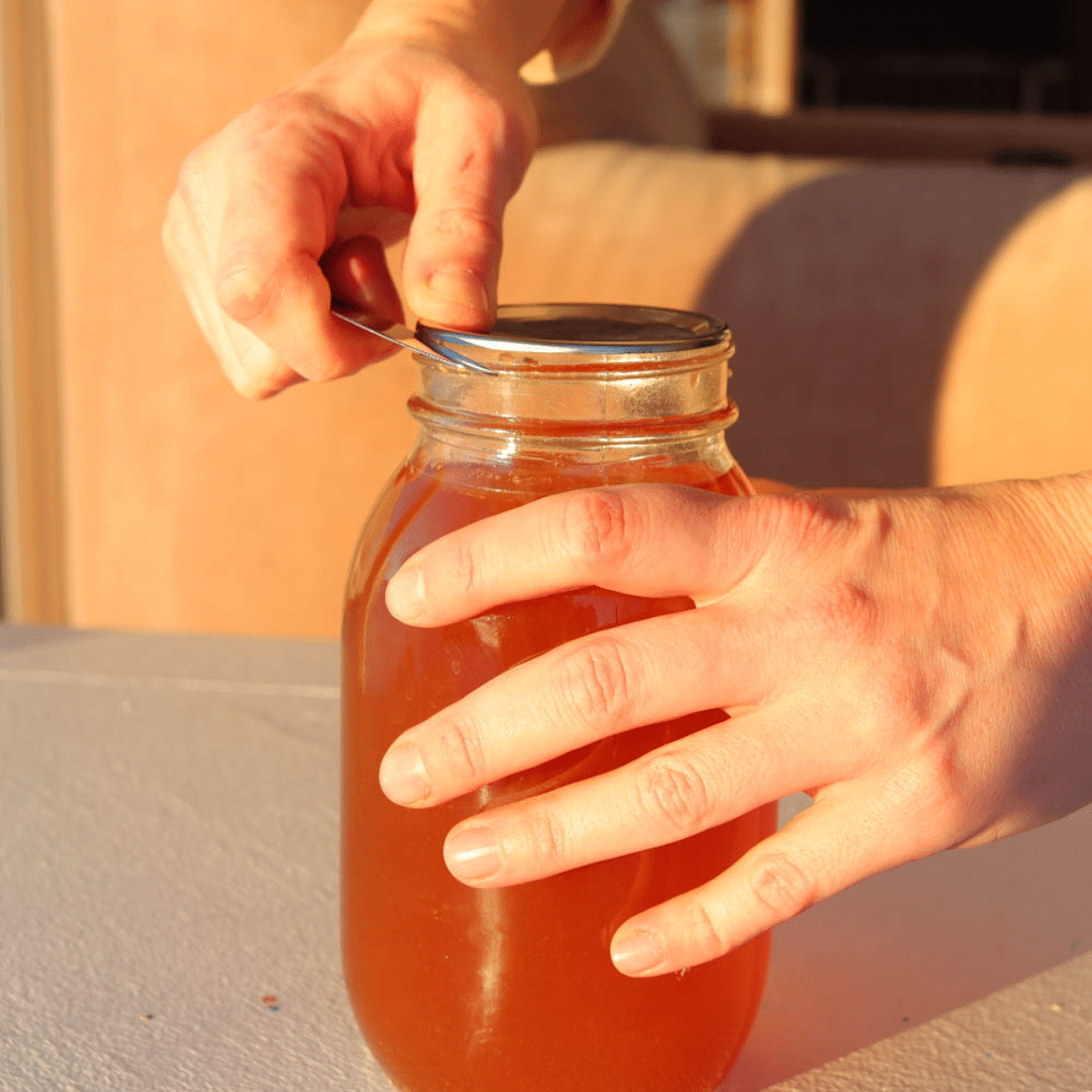
When canning soup either in a pressure canner or water-bath, will it cause some ingredients in your soup to be over cooked, like cabbage. Or will it cause other ingredients to become too soft or mushy; like potatoes, rice, noodles, and/or cabbage?
It can, yes. I’ve never done cabbage but I imagine that would get mushy. When canning leftovers, since something such as, potatoes have already been cooked, they are getting cooked again. However, I don’t think it’s that noticeable.